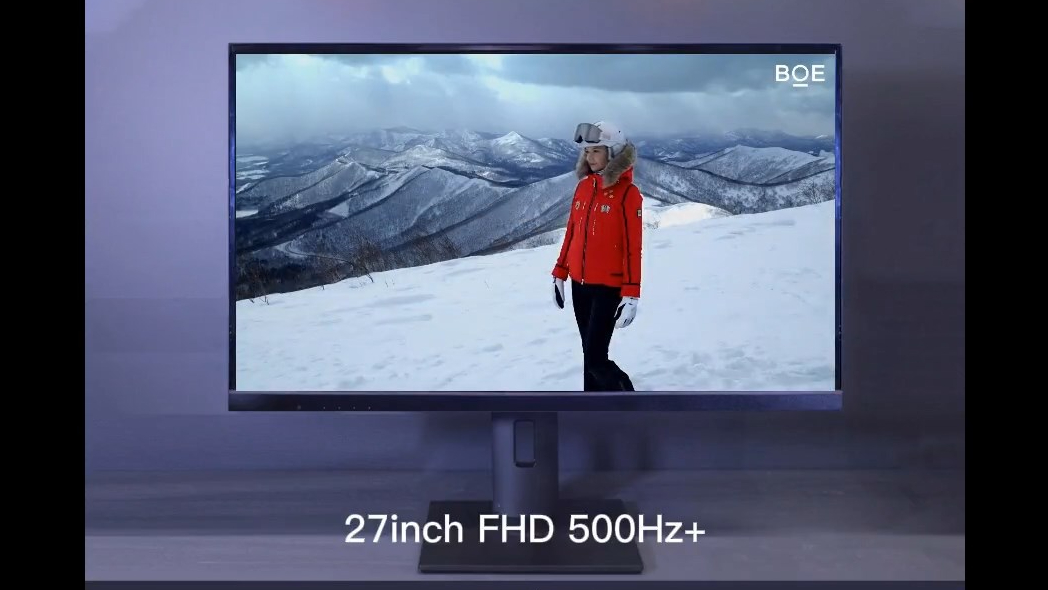Why the first 500Hz gaming monitor isn't as pointlessly over the top as it sounds
Yes, 500fps gaming is possible, but even without it, a 500Hz gaming monitor can still have benefits


The world's first 500Hz gaming monitor has just been announced by BOE, a Chinese manufacturer. It was first reported in Chinese newspaper Sina (via FlatpanelsHD), and though we know barely anything about (including the exact refresh rate, because it's described as 500Hz+), it's still a groundbreaking next step for the gaming monitors.
360Hz screens started appearing a couple of years ago, but hardcore gamers are never satisfied, so here's the next step. And it's not quite as over-the-top as it might seem as first, because 500fps gaming not only exists, but exists in many games that used in pro competition, which is exactly the kind of person who'd buy this kind of tech early on in its life.
It's possible to hit 500fps+ in games such as Rocket League, CS: GO, League of Legends and Fortnite. These are the kinds of games played in big tournaments where real money is on the line, and faster framerates means you can literally see what's happening faster than your opponents, which means you might react a fraction of a second faster.
However, even if you can't hit 500fps in your games, the 500Hz screen can still have clear benefits. You should still see clearer images, because the monitor would refresh in 1/500th of a second. It doesn't matter that it's not showing a new frame every time it refreshes, the point is that when a new frame is sent over by your PC, it's drawn in full, top to bottom, in 2 milliseconds rather than the 16.8 milliseconds it would take on a 60Hz screen, say.
You'd still feel a difference, it just wouldn't be fully as effective as if your game's frames per second fully matched the screen's refresh rate.
There are downsides to this new screen tech, of course. The resolution is given as FHD, which means 1920x1080. I wouldn't expect the contrast and colour fidelity to be up to much either, so for most people, a balance of a higher-res screen with nicer colours and 144Hz or maybe 240Hz at a push will remain the better option for years to come. Especially as new tech like the 500Hz screen will surely come at a heavy premium.
But still, it would've been easy to dismiss the 500Hz monitor as showing off for the sake of showing off, but it's a bit more practical an advance than it might seem at first.
Get all the latest news, reviews, deals and buying guides on gorgeous tech, home and active products from the T3 experts
A bit.

Matt is T3's former AV and Smart Home Editor (UK), master of all things audiovisual, overseeing our TV, speakers and headphones coverage. He also covered smart home products and large appliances, as well as our toys and games articles. He's can explain both what Dolby Vision IQ is and why the Lego you're building doesn't fit together the way the instructions say, so is truly invaluable. Matt has worked for tech publications for over 10 years, in print and online, including running T3's print magazine and launching its most recent redesign. He's also contributed to a huge number of tech and gaming titles over the years. Say hello if you see him roaming the halls at CES, IFA or Toy Fair. Matt now works for our sister title TechRadar.